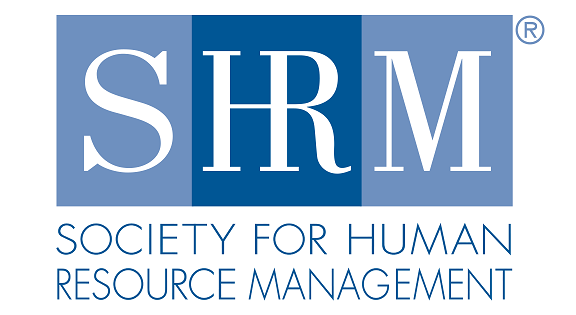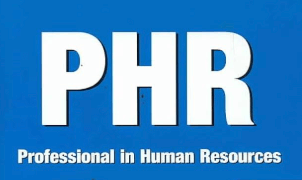During project execution the risk owner is monitoring the cr - PMP Practice Questions
Question
During project execution, the risk owner is monitoring the critical speed rate of a power engine to eventually trigger the defined risk-response strategy. During the risk assessment and management process phase, it was defined that the power engine has the following characteristics:
1 ,600 rpm (rate-per-minute) -> stops working and crashes the system
1 ,500 rpm (rate-per-minute) -> warns of max rate allowed
1 ,400 rpm (rate-per-minute) reduces the power and brakes the engine
Which of the following statements is correct?
Answers
-
correct
-
-
-
Explanation
The correct answer is A
At 1,600 rpm, the engine stops working, which directly triggers the defined risk-response strategy, making it an event. The 1,500 rpm level serves as a warning that the maximum allowed rate is being approached, indicating a potential issue that needs attention.
Finally, the 1,400 rpm level, which reduces power and brakes the engine, represents a risk that can impact project performance if not managed effectively. This classification helps the project team prioritize their responses and ensure the engine operates within safe limits.
No Payment Cards Needed




